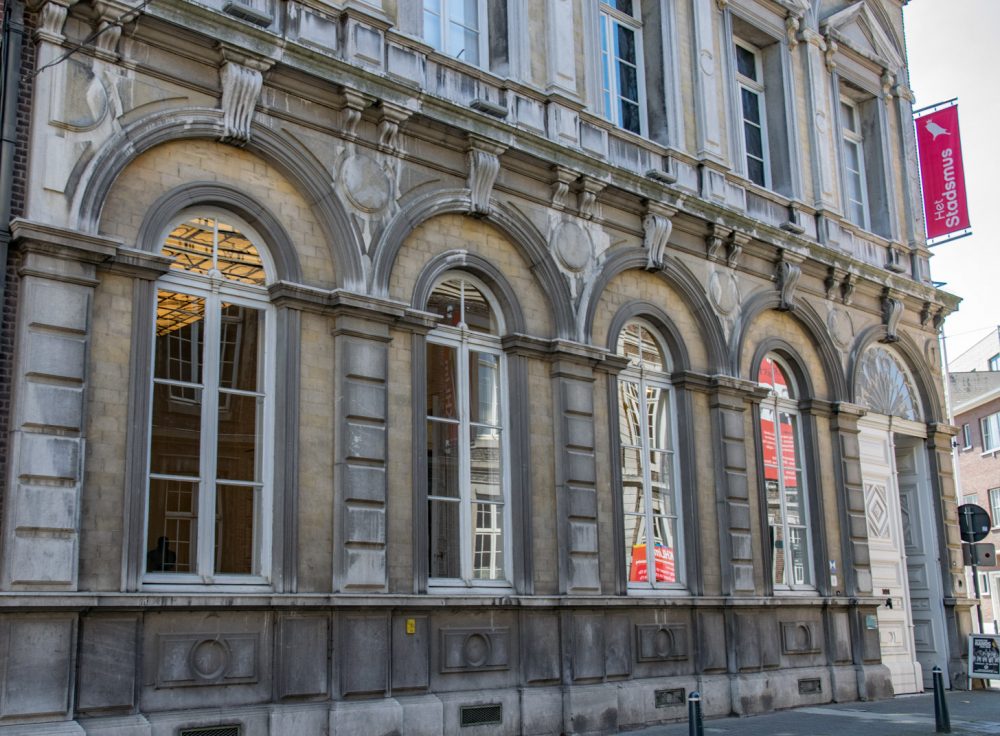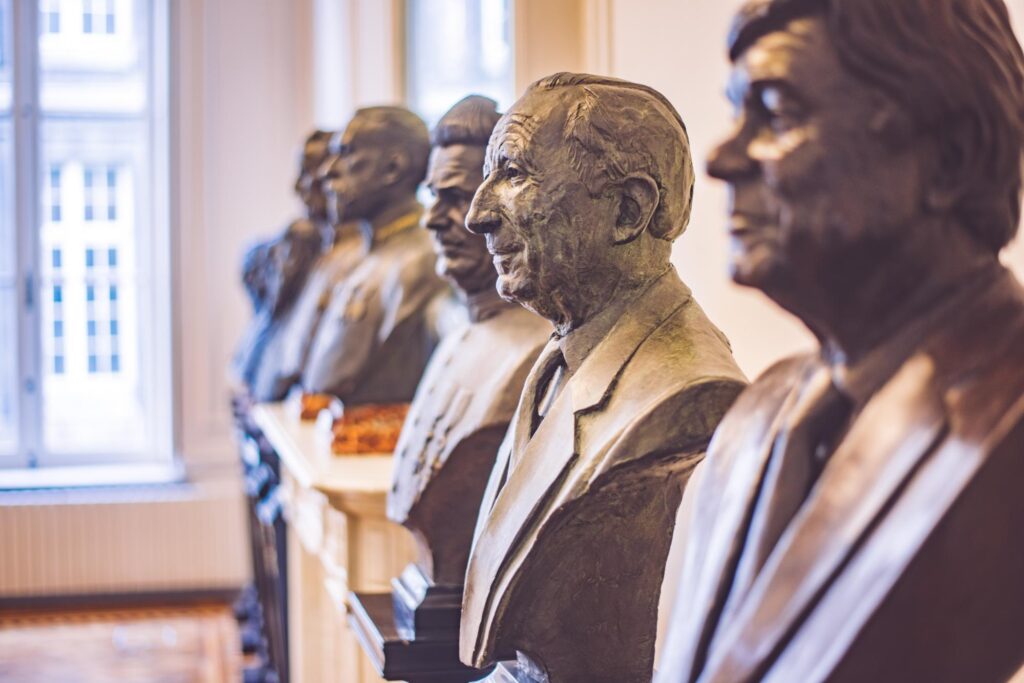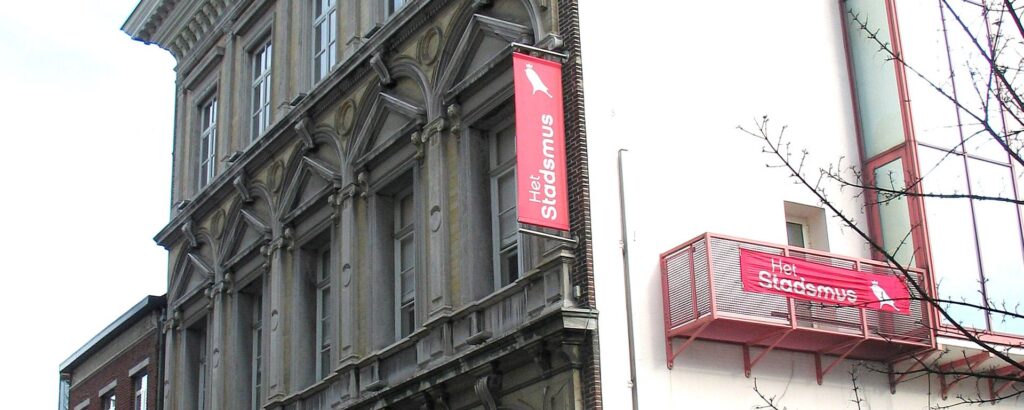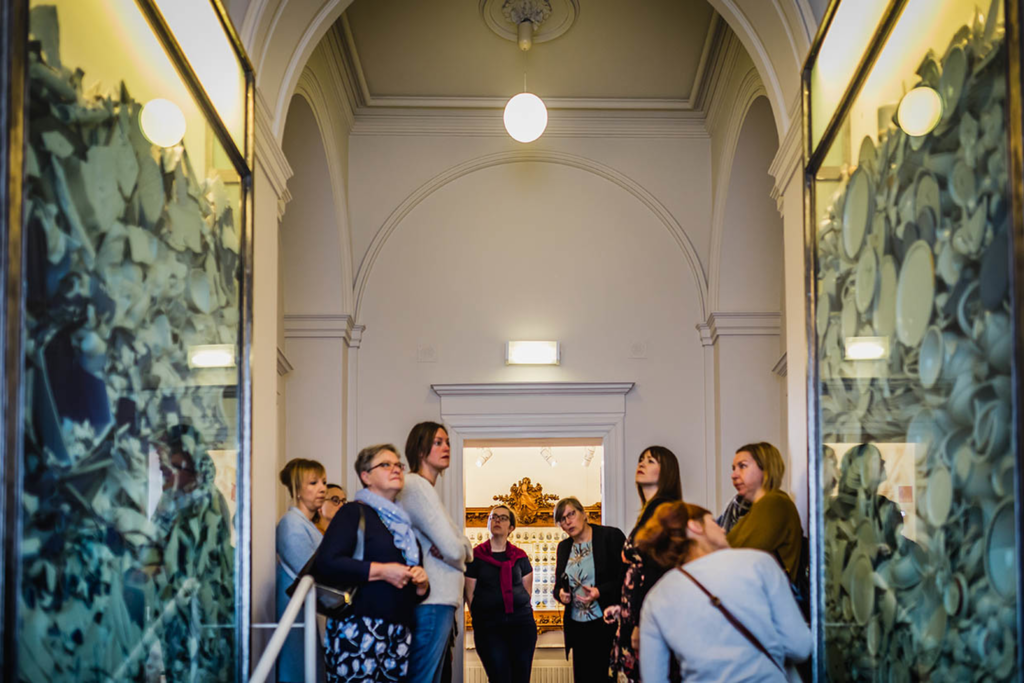The museum is housed in two connected patrician houses on the corner of Maastrichterstraat and Guido Gezellestraat. The Waerdenhof was built in 1680 and Stellingwerff (see Guillaume Stellingwerff ), built in 1857. The city and its inhabitants are highlighted in the museum from a historical, political, folklore and cultural-historical perspective.
The museum includes objects from the abbey Herkenrode exhibits, such as the monstrance of gilded silver which prioress Aleidis Diest ordered in 1286 in Paris. It is said to be the oldest monstrance in the world.
Ceramics occupy a special place in economic history: the museum shows a number of showpieces of the Hasselt ceramics factory (‘Manufacture de Céramiques Décoratives de Hasselt’), which operated between 1895 and 1954 on the site of the current Hasselt Limburg Library. There is also religious and civil silver from 17th and 18th century Hasselt silversmiths, including the Philippen, Frederici, Sigers and Cleersnijders families. The Virga Jessefeesten and the worship of the Sacrament of Miracle come into the picture as traditions – or living intangible heritage – that are typical for Hasselt, albeit with a network in the broad region. Art by Hasselt artists is permanently visible throughout the museum, with works by Koen Vanmechelen, Fred Eerdekens, Hugo Duchateau, Piet (er) Stockmans and Herman Blondeel.
Temporary exhibitions highlight themes from Hasselt’s history or aspects of Hasselt’s art. Five times a year there are lectures in the series KEiK (Art and Heritage in the Spotlight) and Hessels Ouër keeps the Hasselt dialect alive. For families with children (6 to 12 years old), the museum offers various educational programs and a listening route through the city.




